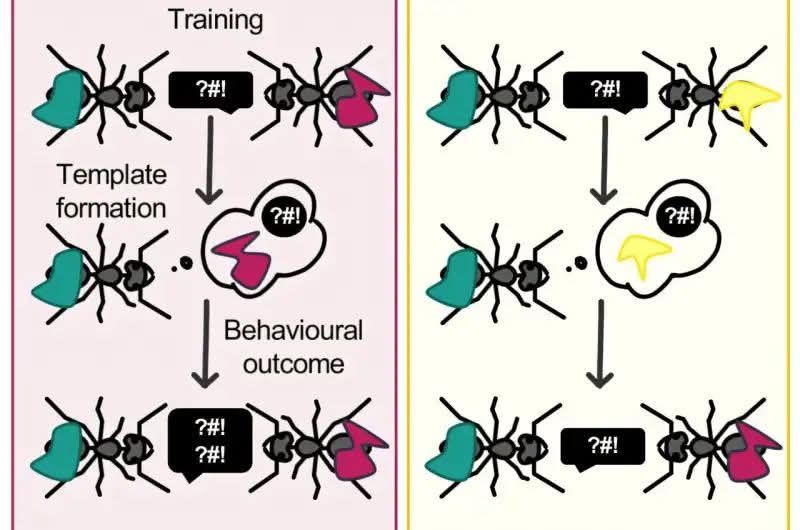Most non-African people today inherit 1-2% ancestry from Neanderthals, and researchers have long searched for clues about when our ancient ancestors were interbreeding with Neanderthals.
Now 2 studies have independently dated the interbreeding to about 47,000 years ago.
A study in Nature analysed the genomes of 7 Homo sapiens that lived about 45,000 years ago in what is modern day Germany and Czechia. The findings suggest that mixing occurred in a single event between 45,000 and 49,000 years ago.
The second paper, published in Science, analysed genomic data from 334 modern humans – including 275 present-day people and 59 ancient individuals ranging from 45,000 to 2,200 years old.
It determined that Neanderthals (Homo neanderthalensis) interbred with modern humans between 50,500 to 43,500 years ago. This is consistent with archaeological evidence for the overlap of modern humans and Neanderthals in Europe.
It also found that natural selection on Neanderthal genetic variants in humans happened
“Although the ancient genomes were published in previous studies, they had not been analysed to look at Neanderthal ancestry in this detailed way,” says Manjusha Chintalapati, a former UC Berkeley postdoctoral fellow and co-lead author of the Science paper.
“We created a catalogue of Neanderthal ancestry segments in modern humans. By jointly analysing all these samples together, we inferred the period of gene flow was around 7,000 years.”
“The [Nature] group actually sequenced new ancient DNA samples that allowed them to date the Neanderthal gene flow directly. And they came up with a similar timing as us.”
This timing of Neanderthal-human interbreeding, according to Chintalapati, was previously estimated using only single ancient samples or in present-day individuals.
“Nobody had tried to model all the ancient samples together. This allowed us to build a more complete picture of the past,” says Chintalapati.
Neanderthals lived in Europe and west Asia for hundreds of thousands of years before disappearing about 40,000 years ago. They met and interbred with modern humans that migrated out of Africa in the last several thousand years of their existence.
The findings of the Science paper suggest that that the major out-of-Africa migration occurred no later than 43,500 years ago.
“Neanderthals were living outside Africa in harsh, Ice Age climates and were adapted to the climate and to the pathogens in these environments,” says Chintalapati.
“When modern humans left Africa and interbred with Neanderthals, some individuals inherited Neanderthal genes that presumably allowed their offspring to adapt and thrive better in the environment.”
The new research shows that natural selection on these genes happened rapidly, within about 100 generations.
This included positive natural selection, which fixed beneficial genetic variants in the population, and negative natural selection, which resulted in areas of the genome lacking any Neanderthal genetic variants because they may have been lethal to modern humans.









Leave a Comment